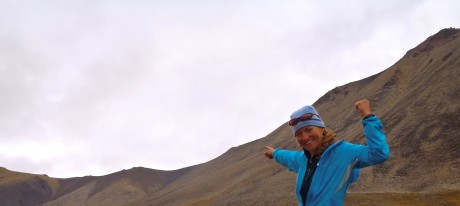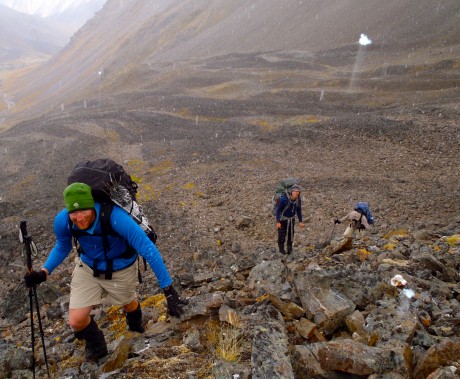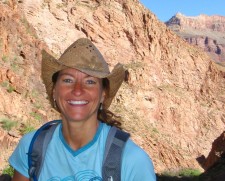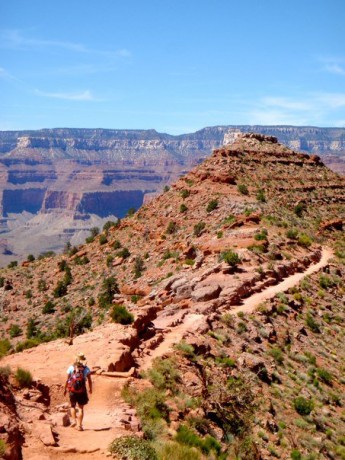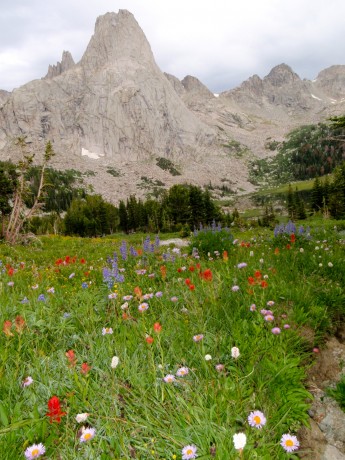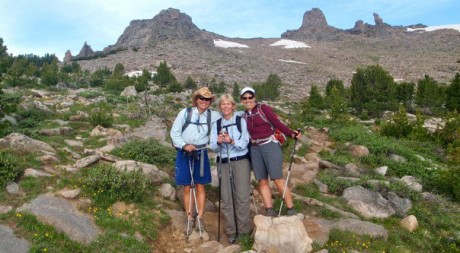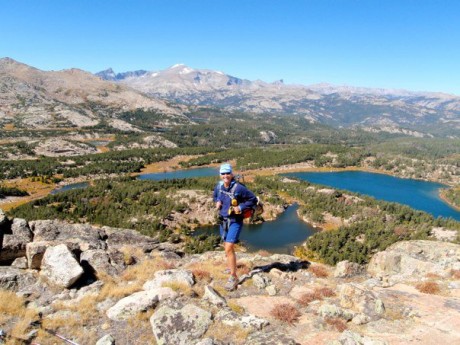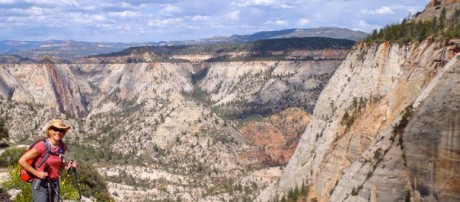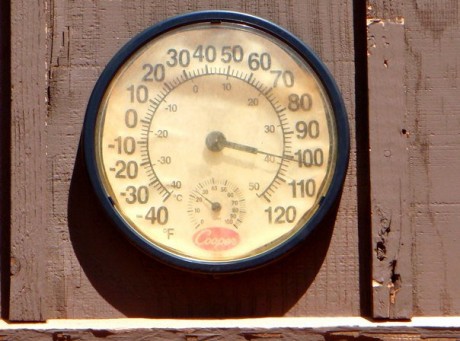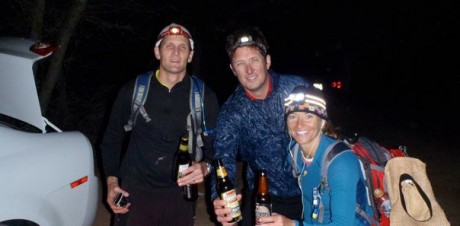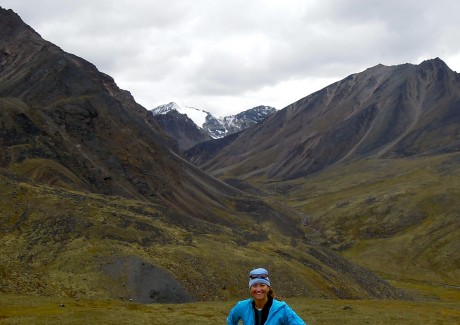I wake up at 4 am three mornings a week to go to the gym and work out. Many people ask me, “How do you get up at 4 am to work out?” This question is not surprising; 4 am is crazy early. And of course the reasons I do it are numerous, but include the following: Getting up at dark thirty when everyone else in my family is fast asleep “creates time” for me, energizes me, which causes me to be more productive during the day, and provides a tremendous health benefit.
But the response really should be this: “Easy. I set my alarm at 4 a.m.; when it goes off, I get out of bed and go to the gym.” (See my humorous video response to this question from a while back.)
Seriously. It’s easy: You decide to do something, and then, you do it.
But if it’s so easy, why is it not so easy?
Um, because, in fact, it’s not easy. And the reason it’s not is we are of more than one mind. At 8 pm, when we’re setting the alarm, we are of the mind that we will get up and work out at the gym. But then the alarm goes off, and someone else is present in our mind and it’s not the same (crazy!) person who set the alarm and thought getting up early to go to the gym was a good idea. All too often, the person who reaches for the snooze, or that turns off the alarm entirely, wins the battle.
Alas, we are each of many minds and usually the “rivals” are not at the table at the same time. When they are, they duke it out, but chances are, the stronger one at the particular moment will almost surely win.
This scenario happens for each of us all the time. For example, yesterday was Halloween. I love all things sweet. We had pumpkin cookies, brownies and heaping bowls of candy at our home yesterday in preparation for trick-or-treaters and as a result of our sons’ own trick or treating.
I could have easily self-destructed by allowing myself to gorge on sweets all day long. To protect against this, I determined a day in advance, and again at dark thirty while working out at the gym on Halloween, that I would not eat a single piece of Halloween candy. I am no good at moderation, and I knew I’d feel physically miserable as a result of eating a bunch of candy. I know that the only benefit of eating the candy is the taste of it, which lasts only as long as it takes to chew it. (And I “snarf” candy so it’s even more fleeting.) In other words, the upside of eating candy is very short-lived, whereas the longer-lasting result is not feeling very optimal. It’s not even a contest when you think about it.
And yet, how it is a contest, and not an easy one to win. While making the commitment was easy, honoring it was not. I am human, after all.
I am not good at many things. But one thing I am good at is setting and achieving goals. Still, as I put the Mounds into our bowl for trick-or-treaters, I was of the mind that “Halloween is just once a year. You love Mounds. You work out hard. You are so disciplined the rest of the year. You can have just one Mound. These are Mounds for crying out loud!”
You get the picture. This mind was clearly not the same mind that so steadfastly declared no sweets at the start of the day. It was a battle, except only the one side appeared to be present at the moment, the “weaker” one, which aimed to sabotage my earlier commitment.
I fancy myself as a strategist. I love experimenting and researching ways to win battles and achieve goals. I’ve been reading a lot about the conscious mind and the unconscious mind, and things that affect our behavior.
What I’ve figured out, as a result of both my research and my own experimentation, is there are ways to decide which mind we are serious about and want to honor, and ways to strengthen that one, while weakening the other. We can find ways to sort of “trick” the weaker of the minds.
To illustrate, let’s return to the waking up early to go work out at the gym example. Let’s say you’re serious about your commitment to rise early to work out at the gym. Ways to bolster your chance of winning that battle and honoring your commitment might include going to bed at a reasonable time, setting the coffeemaker to brew a cup for you for that early, having your gym clothes out and ready, placing the alarm clock out of reach so you have to get out of bed to tend to it, and — if all these things still aren’t enough –– asking your significant other to remind you and enforce your desire to get up and go to the gym when the alarm sounds. There are yet more things you can do, such as thinking of those awesome designer jeans you want to fit into, or thinking of the way you will feel (disappointed) when you get up at 7 am and realize you let yourself down by not honoring your commitment to wake early and exercise. You can come up with more than these if you wish.
On the other hand, ways to sabotage your efforts and strengthen the lazier, less-committed mind, would be to stay up late watching a movie while drinking a bottle of wine and snacking late, and to not to do any of aforementioned “preloaded” things.
Following are some strategies that work for me when it comes to achieving goals and in an attempt to honor the “best” of my many minds.
Deciding your priorities is the first step, but committing is critical if you are serious about achieving something or making serious change in your life. Deciding and committing are not the same thing. We decide all the time to do things. Committing is making them happen.
Once I commit to the people and things that are my priorities, I take my commitments very seriously, which includes making sure I don’t have an easy way to retreat, and wherever possible, creating habits and developing them into routine.
Routine serves me well. Making decisions requires energy and self-control. Our supply of self-control is limited, so why wouldn’t we go to great lengths to preserve it? Dan and Chip Heath call this “preloading” — when you make a decision ahead of time, thereby preventing the use of self-control later. In short, if you decide and commit to something in advance, you don’t need to consider it or make a decision about it when it comes up in real time. In my experience, this saves energy and helps my chances of success.
Examples of preloaded decisions I have built into regular routine are working out at the gym three mornings a week, not eating ice cream except during my ice cream social with our three sons on Friday afternoons, having tea with my parents every Wednesday afternoon, distance training on Friday mornings during spring and summer, shutting my cell phone down during the weekends, and so on.
I’m not saying that preloading prevents me from being tested. But it does mean the temptations are more limited and not as great of a presence if I’ve made decisions in advance about them.
By the way, I did not eat the Mound. I did not eat a single piece of Halloween candy. It was hard, but I stayed true to my commitment. Tying the consequences to short-term emotional feelings (in this case disgust and feeling physically lousy) tends to be effective in helping me choose to do the right thing. For that reason I recommend it.
Hope this of value to you. What are some ways that you honor commitments and achieve goals that you set?
I am a life/leadership coach. Services include on-demand coaching and consulting, with an option that includes an epic outdoor adventure. I also provide nutrition and personal branding consulting. Please email me if you’re interested in learning more about this.
